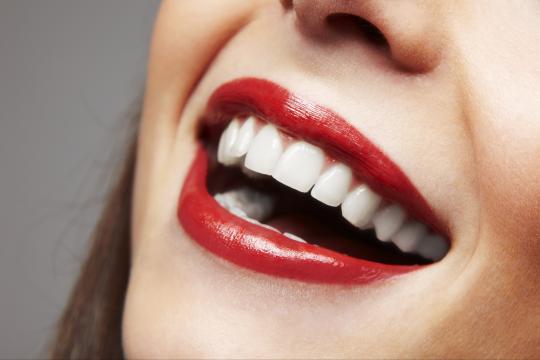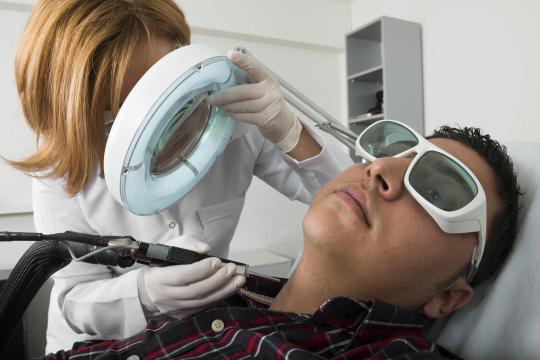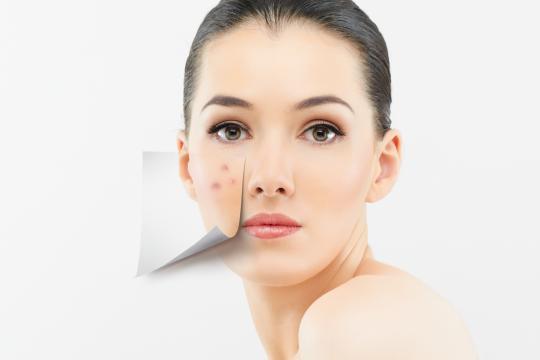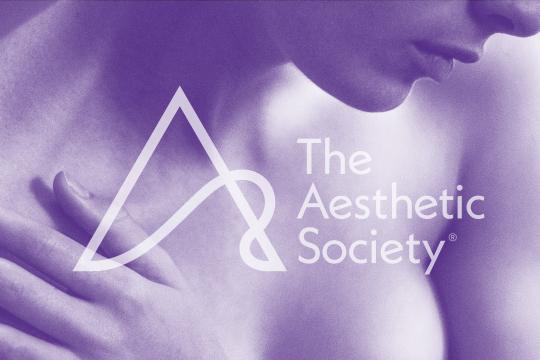
We live in a world of filters and Photoshop. However, live streaming on social media prevents that pristine filtering of flaws – and one that might be fairly noticeable on camera is cellulite. For many, depending on the severity, it is an unflattering sight they’d like to either conceal or get rid of forever.
So what is cellulite? It's a resistant type of fat found just beneath the surface of the skin that is protruding through a web of connective tissue. In simple terms, it is the dimpling of the skin common on women’s hips, buttocks and thighs, and usually occurs after puberty. Anyone can have it regardless of their weight and/or size in large part due to heredity. Even though it is a form of fat, liposuction is not a treatment option, because the fat deposits are right underneath the skin and liposuction only removes deeper fat.
Cellulite affects more than 90% of women over the age of 30 and is caused by a number of factors including the following:
- Genetics: If your mother had cellulite, you probably will too.
- Hormones: Estrogen tends to aggravate and worsen cellulite since it encourages the body to build up and store fat.
- Diet: If you eat too many carbohydrates, fat, or salt, but hardly ever ingest any fiber, you are likely to develop cellulite.
- Lifestyle factors: Lack of physical activity and smoking could predispose you to cellulite.
- Clothing: Tight clothing limiting blood flow may contribute to cellulite formation. That’s right! Those skinny jeans and Spanx may actually exacerbate the problem!
The list of causes goes on and on. Sometimes women think they have cellulite when they don’t. It’s actually just skin laxity – and NOT FAT AT ALL. This skin laxity is usually found on the lateral thighs, with lines that are parallel to the bottom crease. The lines tend to resemble cellulite – but they’re not. The only procedure that can address those lines from the laxity of the skin is a thigh lift.
Perhaps that’s why so many have fallen victim to false advertising of products that are not approved by the Food and Drug Administration (FDA) or even proven to work. Certain so-called “remedies” like caffeinated creams, massage and laser therapies appeared to smooth out bumpy skin, but only temporarily.
Here is a breakdown of treatments that have been approved by FDA specifically for the treatment of cellulite following several clinical trials demonstrating efficacy:
- FDA-cleared devices such as VelaShape, VelaSmooth, Thermage and SmoothShapes use radio frequency waves to stimulate collagen production tightening the skin. It also heats up the fat deposits under the skin and increases blood circulation. One of the factors behind cellulite formation is the lack of blood circulation causing the fibrous bands tethering the skin to muscle to thicken and pull, causing the dimples. The vibrations from these devices moves fluid and fat that is under the skin into the lymphatic system, which is eventually discharged naturally from the body through urine. Some of the results can be seen immediately; however to see complete results, patients will require at least two weekly sessions for a month. Each costs about $200 to $600 per treatment.
- Cellulaze is an in-office procedure plastic surgeons perform using laser technology that attacks all three problems responsible for cellulite – bulging fat, too-thin skin and the connective tissue that tugs at skin creating dimples. The laser severs the fibrous bands responsible for the dimpling appearance, melts fat pockets and stimulates collagen production which tightens the skin. A local anesthesia is applied prior to the procedure. This treatment option requires one session which can take up to 5 hours. Results can be seen in about three months and are permanent. It costs about $5,000 to $7,000 depending on the size of the treatment area. Cellulaze does have energy associated with it, so there are possible complications like seroma. The same applies with VaserShape.
- VASERsmooth lies in the same category as Cellulaze –they both use energy to blast cellulite. The difference is that VaserSmooth uses an ultrasonic knife to cut through the bands of cellulite. Cellulaze uses a laser, but both use energy which may also increase chances of developing seromas. Patients report seeing results within a week; however the results continue to improve within a span of three to six weeks. Total healing process can take up to six months. VaserSmooth costs about $3,000 to $5,000 on average.
- Cellfina is a handheld device that is minimally invasive, and offers a one-time in-office procedure that is clinically proven to treat cellulite. It works by inserting the blade the size of a needle beneath the skin and snipping the skin from fibrous bands that are pulling it causing the cellulite. A local anesthesia is applied prior to cutting the bands which takes less than an hour with no major incisions. Results can be seen within 3 days and last up to two years. The severed bands have a tendency to re-form in the same way. It costs between $3,000 and $6,000, depending on how many areas are treated.
- Endermologie is a handheld device with rollers and a vacuum that massages and sucks at the skin’s surface reducing the appearance of cellulite, tightening skin and improving circulation. It is often used after a liposculpture procedure to smooth the appearance of the treated area maximizing results. The treatment sessions lasts about 45 minutes and each treatment costs $50 - $70. The average cost to achieve optimal results is between $1,200 and $2,000, depending on the number of sessions.
- VaserShape is a combination of ultrasound and massage therapy used to temporarily reduce the appearance of cellulite. Results can be seen after the first treatment; usually it takes at least five sessions to start seeing optimal results. This in my hands is an even better treatment after liposuction to help diminish scars and smooth the results. It works by creating a ‘hot stone massage’ effect on fatty tissue improving blood circulation. On average, it costs $2,075.
Earlier this year, Endo International plc announced XIAFLEX, an injectable enzyme that is FDA-approved to treat a hand condition, which is now being tested in clinical trials to dissolve septae (bands beneath the skin) and smooth out areas of cellulite dimpling on the buttocks and thighs. It is an interesting development that we plastic surgeons are keeping an eye on as a prospect for patients with cellulite.
If you are considering one of the above treatment options, seek a board-certified plastic surgeon with experience performing the procedure. A good place to start your search is the Find A Surgeon search tool.
For more information on cellulite treatment option and recovery, visit the procedure page.





